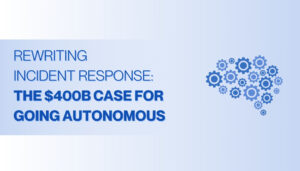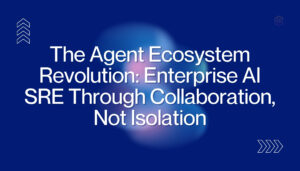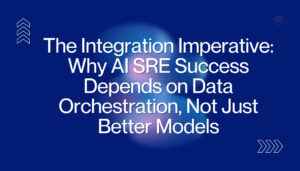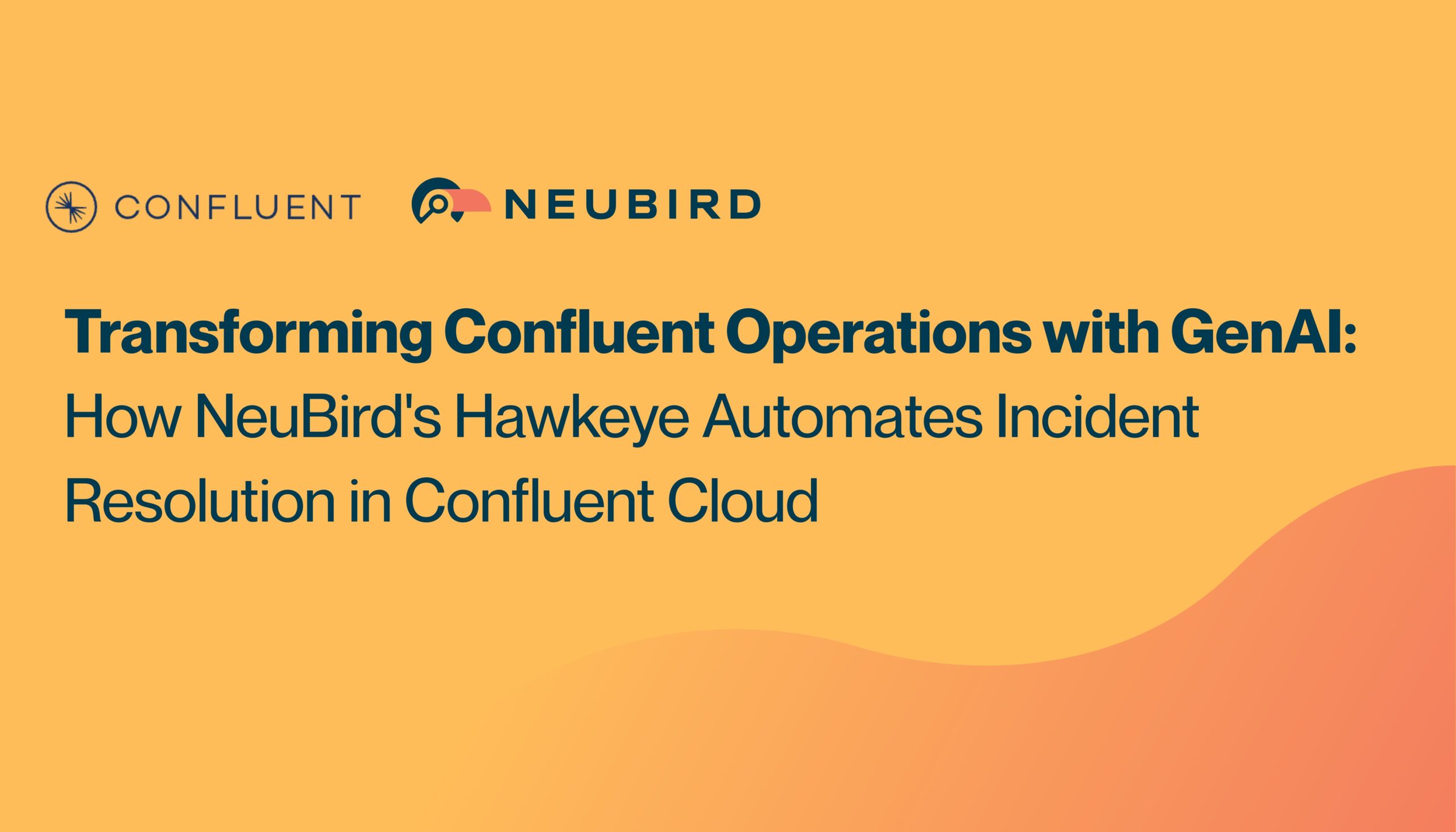What Makes an AI Agent for IT Operations?
In the world of Site Reliability Engineering (SRE) and IT operations, problems rarely come with clean, structured answers. Engineers are often tasked with sifting through vast piles of telemetry data, connecting dots across logs, metrics, traces, and alerts to pinpoint what went wrong and why. So, when people ask us, “What exactly makes your product an AI agent?”, we like to start with a simple idea:
An AI agent doesn’t just answer questions. It acts, taking a task to completion autonomously.
In the world of IT operations this requires thinking like an SRE.Here’s how:
1. Surgical Data Selection
Access to relevant data is the foundation of effective troubleshooting. Protocols like MCP (Model Context Protocol) are crucial, helping our agents connect with external applications and tap into tribal knowledge across your organization. But in IT operations, more data isn’t always better. In fact, dumping entire logs or telemetry streams into a large language model (LLM) leads to confusion and hallucination.Precision is key. Just like a human SRE crafts the right grep or query, our AI agent first identifies and extracts only the most relevant slice of data before reasoning. For IT telemetry—metrics, alerts, logs, traces—this requires more surgical and mathematically precise query methods for selection and extraction. In short: no noise, just signal.
2. Iterative, Self-Reflective Reasoning
Identifying relevant data is just the beginning. Our AI agent then reads that data and starts reasoning with it—asking itself questions, forming hypotheses, and making follow-up queries. It explores other sources of telemetry, looking for correlation, causality, or missing context. This mirrors how human engineers debug: read logs, generate hunches, chase leads, and test theories.
This is where the agent becomes more than a query engine. It becomes a thinking system, capable of following a chain of thought.
3. Multi-LLM Validation and Argumentation
One of the core challenges of using generative AI in production systems is that results aren’t always mathematically or programmatically verifiable. To address this, our agent uses multiple LLMs to argue with and validate each other’s answers. Think of it like automated peer review.
If one model draws a conclusion, another is prompted to critique or double-check the reasoning. This helps weed out weak logic and reduce hallucinations, creating a more reliable AI partner for critical infrastructure work.
4. Incorporating Human and Unstructured Knowledge
Sometimes, structured telemetry isn’t enough. Our AI agent can bring in knowledge from less structured sources—like internal wikis, product documentation, past trouble tickets, or even direct human input. If the agent gets stuck, it knows how to ask the user for clarification or for additional context, just like a good junior engineer would.
It doesn’t pretend to know everything. It knows how to learn.
5. Expert-Guided Thought Chains via Runbooks
Finally, all this reasoning is guided by runbooks and heuristics created by veteran SREs and IT operators. These aren’t just scripts to follow blindly—they’re cognitive blueprints that tell the agent how to think in certain scenarios. Whether it’s a failed deployment, a CPU spike, or a flapping Kubernetes pod, our agent has a built-in mental model of how seasoned engineers would approach the issue.
This is what makes it an agent.
Not a chatbot. Not a dashboard. But a reasoning system that mimics how real-world engineers approach ambiguity, complexity, and problem-solving.
In the world of modern IT operations, this isn’t just a nice-to-have. It’s a necessity.
And we’re building it.
Written by








